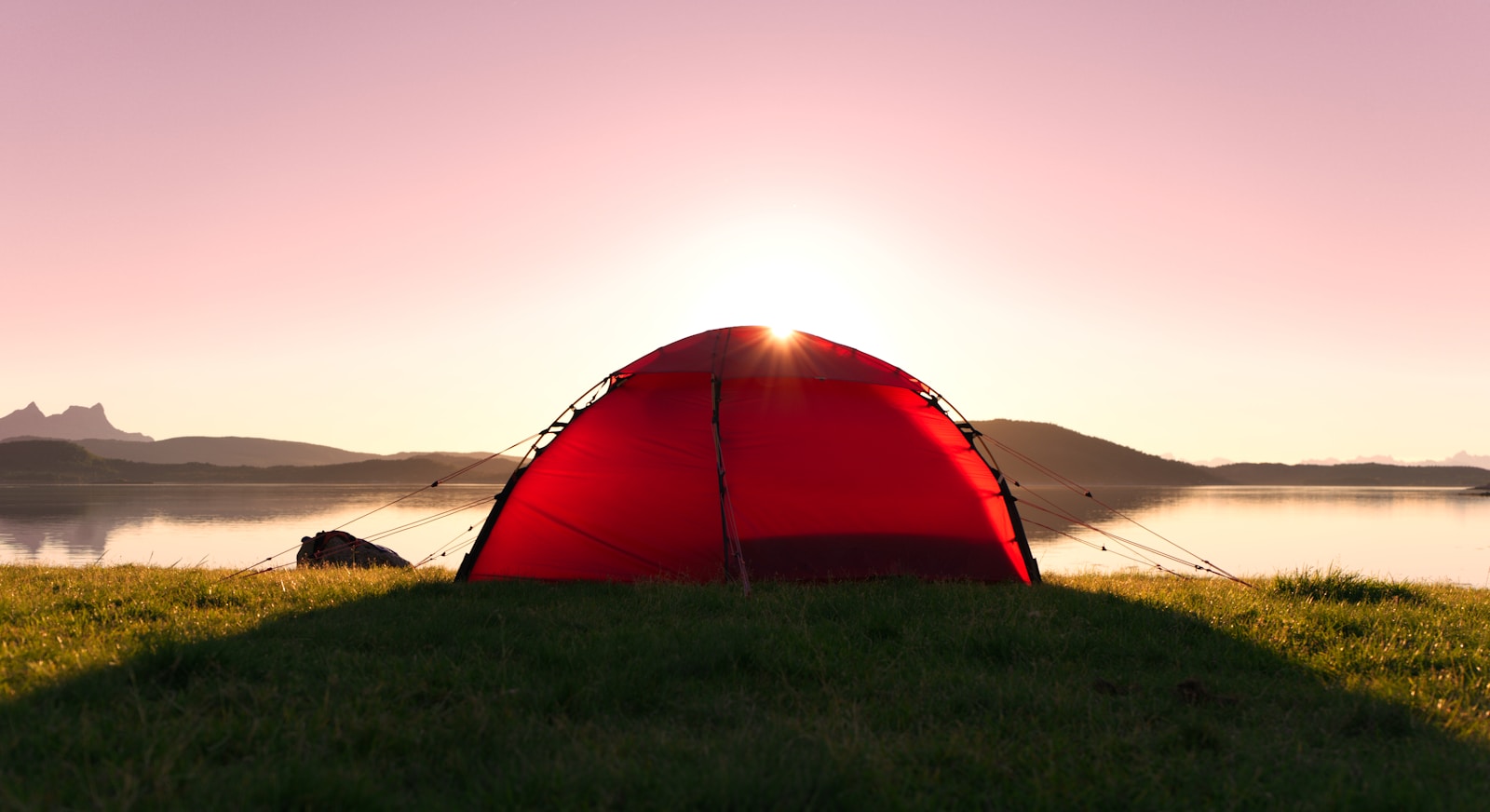For seasoned outdoor enthusiasts, the call of the wild goes beyond basic campsites and familiar trails. Advanced camping beckons with the promise of remote locations, challenging terrains, and a deeper connection with nature. This comprehensive guide delves into the intricacies of advanced camping, equipping you with the knowledge and skills to conquer the wilderness with confidence.
Planning and Preparation:
- Advanced Route Planning: Utilize topographic maps, GPS devices, and online mapping tools to meticulously plan your route, factoring in elevation changes, water sources, and potential hazards. Research permits and regulations for your chosen area.

- Gear Selection and Optimization: Invest in high-quality, durable gear specifically designed for advanced camping. Choose a lightweight and weather-resistant tent, a robust backpack with ample capacity, and specialized equipment such as ice axes, crampons, or water filtration systems, depending on your destination and activities.

- Physical and Mental Conditioning: Advanced camping often involves strenuous hikes, challenging terrain, and exposure to the elements. Engage in regular physical activity to build endurance and stamina. Practice essential outdoor skills like navigation, first aid, and wilderness survival techniques.

Setting Up Camp in Challenging Environments:
- Choosing a Campsite: Look for level ground with good drainage, away from potential hazards like dead trees or overhanging rocks. Consider factors like wind direction, proximity to water sources, and Leave No Trace principles.
- Advanced Shelter Systems: Explore lightweight tarp setups, hammock camping, or snow shelters for specialized environments. Learn techniques for securing your shelter in high winds or heavy snow.
- Campfire Management: Familiarize yourself with fire regulations and restrictions in your camping area. Practice safe and responsible campfire techniques, including selecting appropriate firewood, building a sustainable fire ring, and extinguishing the fire completely before leaving.
Advanced Camping Techniques:
- Navigation and Route Finding: Master advanced navigation skills using a map and compass, GPS device, and celestial navigation techniques. Learn to interpret topographic maps, identify landmarks, and triangulate your position.
- Wilderness First Aid and Safety: Prepare for unexpected situations by taking a wilderness first aid course. Pack a comprehensive first aid kit and learn how to treat common camping injuries and ailments.
- Leave No Trace Practices: Minimize your impact on the environment by practicing Leave No Trace principles. Pack out all trash, dispose of human waste properly, respect wildlife, and minimize campfire impacts.
Pro Tips:
- Invest in a high-quality, lightweight backpacking stove. A reliable stove will make cooking and boiling water much easier, especially in challenging conditions.
- Pack versatile clothing layers to adapt to changing weather conditions. Layering allows you to regulate your body temperature effectively and stay comfortable throughout your trip.
Tags: camping, advanced camping, backpacking, outdoors, wilderness, survival, hiking, adventure, nature, travel
